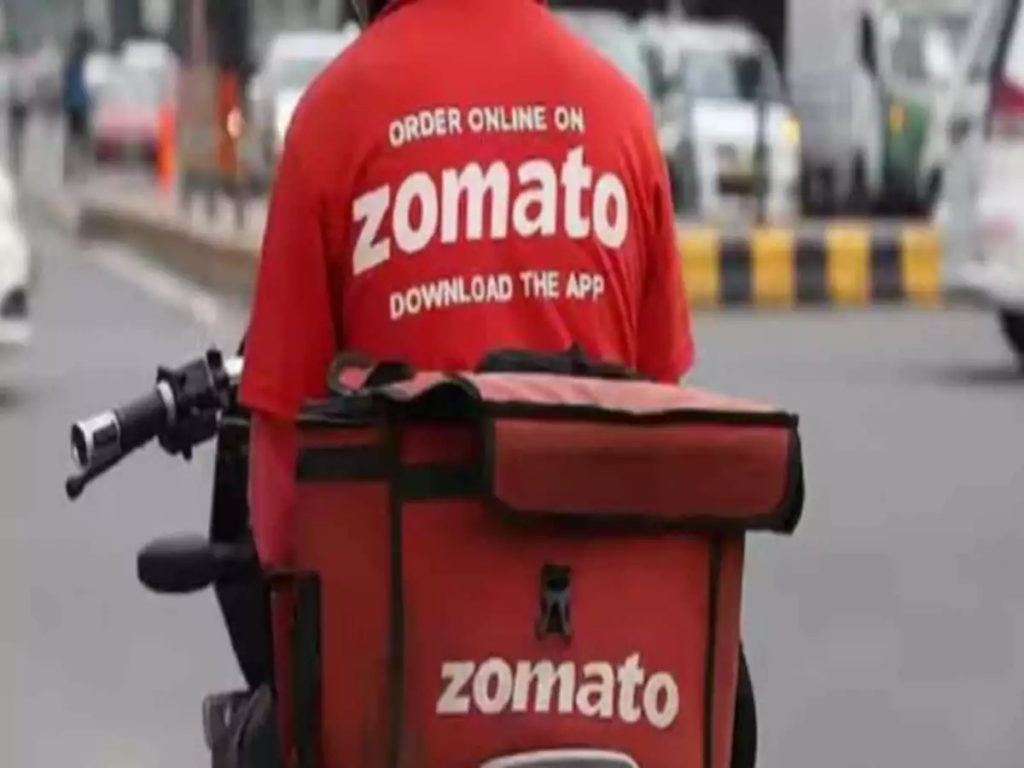Zomato shares have been on a sharp decline, dropping 5.1% after disappointing Q3 FY25 results, bringing the three-day loss to 18%. The food delivery giant’s performance was marred by a 57% year-on-year decline in net profit, raising questions about its growth trajectory and profitability.

Key Highlights from Zomato’s Q3 FY25 Results
- Profit and Revenue Performance
- Net Profit: Down 57% YoY in the December quarter.
- Revenue Growth: Estimated at 66% YoY, driven by increased operational efficiency and expansions in Quick Commerce (Blinkit) and Hyperpure segments.
- Gross Order Value (GOV): Strong sequential revenue growth anticipated, fueled by take-rate expansion.
- Expenses Rise Significantly
- Advertising Spend: ₹521 crore, up 40% YoY from ₹374 crore.
- Delivery Expenses: Increased 36% YoY to ₹1,450 crore, compared to ₹1,068 crore in the same quarter of the previous year.
- Challenges in Food Delivery Segment
- The food delivery segment faced a broad-based demand slowdown, contributing to underwhelming results.
- Blinkit, the quick-commerce division, continued to incur losses despite aggressive store expansion.
- Management’s Outlook
Zomato CFO Akshant Goyal addressed ongoing losses, stating,”Near-term profits will be impacted as our networks handle under-utilized stores. However, as store expansions stabilize, we expect the business to turn meaningfully profitable.” - Stock Performance
Zomato’s shares closed at ₹240.95 on Monday, down 3.14% from the previous session. The stock has experienced a ₹44,600 crore market cap erosion over the last three days.
Brokerage Ratings and Future Outlook
Brokerages have mixed views:
- Target Price Range: ₹130–₹320.
- Analysts emphasize the need for Zomato to improve profitability, especially with competitive pressures mounting in the food delivery space.
While Blinkit’s revenue is expected to grow with store additions, the short-term outlook remains uncertain as the company tackles rising expenses and sluggish demand.

What’s Next for Zomato?
As Zomato navigates through rising expenses and slowing growth in its core segments, long-term profitability will depend on mature store contributions and stabilization of expansion activities. Despite near-term challenges, robust growth in GOV and Quick Commerce could provide a much-needed boost in the coming quarters.





